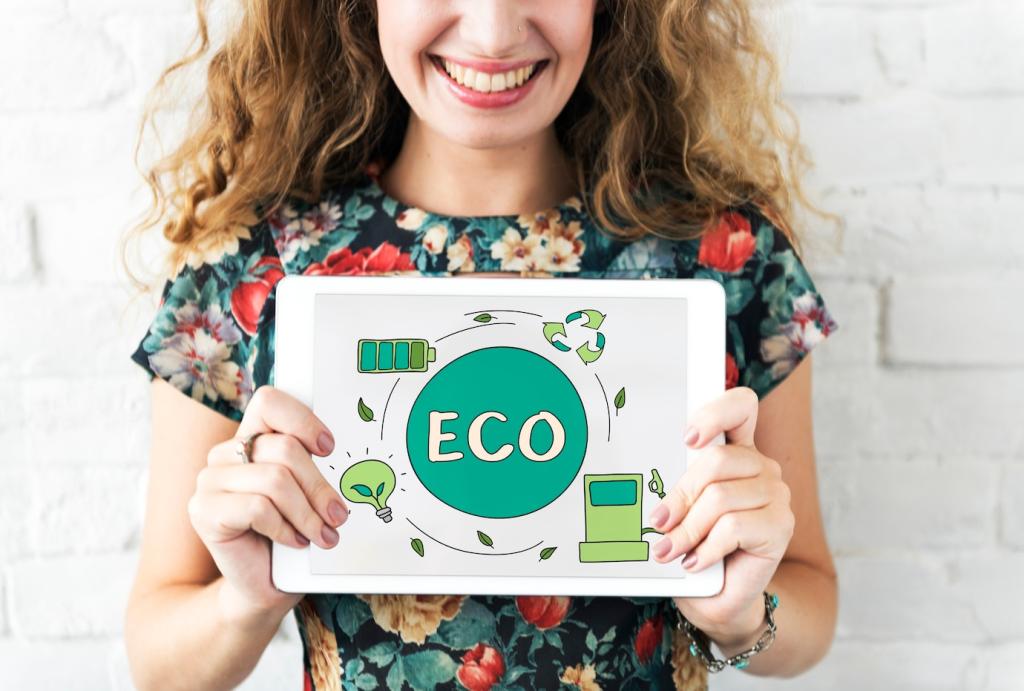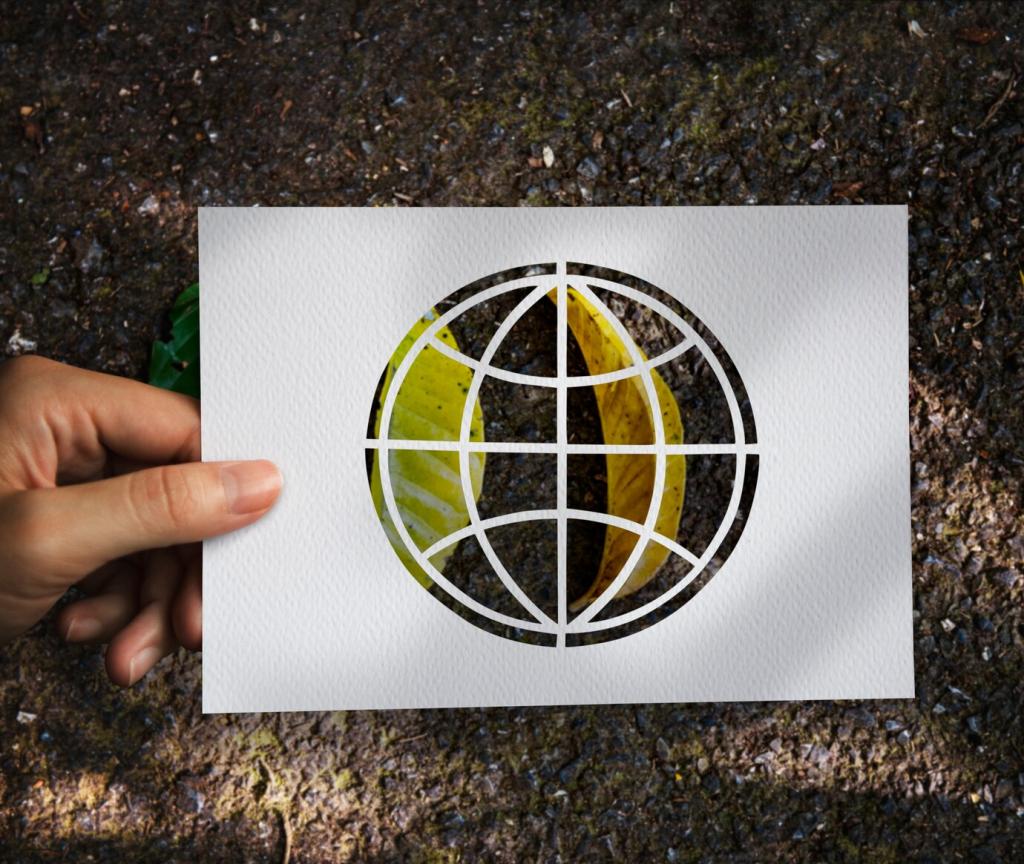Today’s theme: Compostable Trash Bags: An Eco-Friendly Alternative. Discover how certified compostable liners can simplify sorting, cut odors, and turn food scraps into soil. Join our community, share your wins, and subscribe for fresh tips.

Compostable, Biodegradable, and Recyclable: Know the Difference
Compostable products are designed to break down into CO2, water, and biomass without toxicity under composting conditions. Standards like ASTM D6400 and EN 13432 require disintegration within months and strict heavy metal limits.
Materials and the role of microbes
Most compostable bags blend plant starches with certified compostable polymers like PLA or PBAT. Microbes, heat, and moisture work together to depolymerize materials, turning them into stable organic matter without persistent microplastics.
Home compost versus industrial facilities
Industrial composters maintain higher temperatures and managed aeration, so bags break down faster and more completely. Some bags are home-compostable; others require facilities. Always match your liner certification to your local options.
What remains after decomposition
Properly composted liners become carbon dioxide, water, and humus-like biomass that enriches soil. Standards limit heavy metals and ecotoxicity, helping ensure the finished compost is safe for gardens, farms, and landscapes.
Choosing the Right Compostable Bag
Size, thickness, and wet strength
Check gallon or liter capacity, but also look at thickness and puncture resistance. Wet food scraps stress liners; use paper towels or newspaper to absorb moisture and increase durability during busy weeks.
Match the bag to your compost program
Some programs accept only certified liners; others require paper or none at all. Read local guidelines and ask staff. When in doubt, bring scraps unbagged in a reusable container for drop-off.
Storage and shelf life
Compostable bags can age with heat and humidity. Store them cool and dry, rotate stock, and use within suggested dates. Share your storage tips below, and subscribe for seasonal reminders and checklists.
Stories from Real Kitchens
After switching, our test household lined the caddy with a certified bag and added a layer of shredded paper. The liner lasted the week; venting the lid reduced odors beautifully.
Environmental Impact That Matters
When food scraps avoid landfills, methane emissions can drop significantly. Compostable liners make separation convenient, increasing participation. Share your diversion wins, and tell us how many households on your block have joined.

Habits That Make Compostable Bags Work
Pour off liquids, and add a base of leaf litter, shredded cardboard, or paper towels. Dry layers prevent sogginess, improve airflow, and help compostable bags hold together during busy cooking days.
Habits That Make Compostable Bags Work
Do not overfill. Twist, fold, and tuck rather than stretching handles. Transport bags inside a rigid pail to the cart or drop-off site. Share your favorite carry method in the comments.
Better materials and clearer labeling
Researchers are optimizing blends for home-compost performance and strength. Expect clearer on-pack instructions and scannable QR codes linking to local program rules. Would that help you choose confidently? Tell us below.
Policy, bans, and standards
Cities are tightening labeling laws, banning misleading terms, and specifying accepted certifications. Strong standards protect compost quality and consumer trust. Subscribe for updates on policy changes that could reshape your neighborhood’s collection program.
Reusable companions and hybrid setups
Compostable bags pair well with washable pails, silicone lids, and paper liners for heavy weeks. Mixing approaches gives flexibility and resilience, especially in summer. Share your hybrid setup and why it works.
